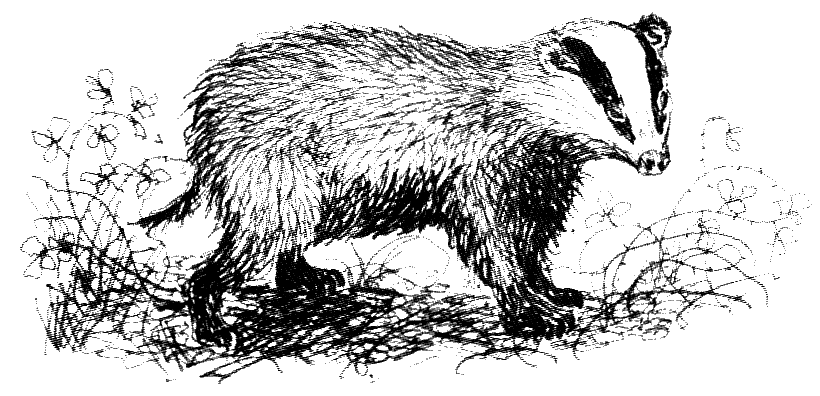Burrs or Burls?
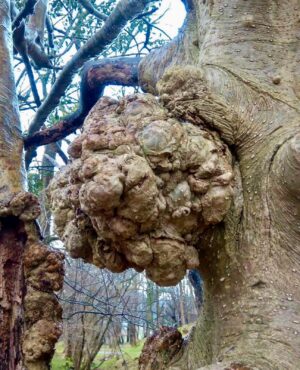
Burrs or Burls?
What’s in a name. What are they?
They are woody outgrowths found on stems, branches, and often on roots. They are typically rounded, somewhat bulbous in form. Burrs develop as a result of rapid and uncontrolled growth, leading to a dense and irregular wood grain beneath the external bark of the structure.
The uncontrolled and abnormal growth may result from various stressors, such as :-
- Physical damage eg. wounds, where branches are lost in high winds, injuries as the result of boring insects, or damage from squirrels or deer.
- Infections caused by bacteria, viruses, or fungi may trigger burr formation These infections can induce hormonal changes that affect cell division.
- Environmental factors such as extreme weather events or pollution can influence tree physiology and growth, as can somatic mutations. In most cases, a burr does not harm a tree, indeed they may persist for decades. If the burr formed due to injury to the tree, then it could even be considered protective. However, If a burr develops on a branch then it may become so heavy that the branch breaks.
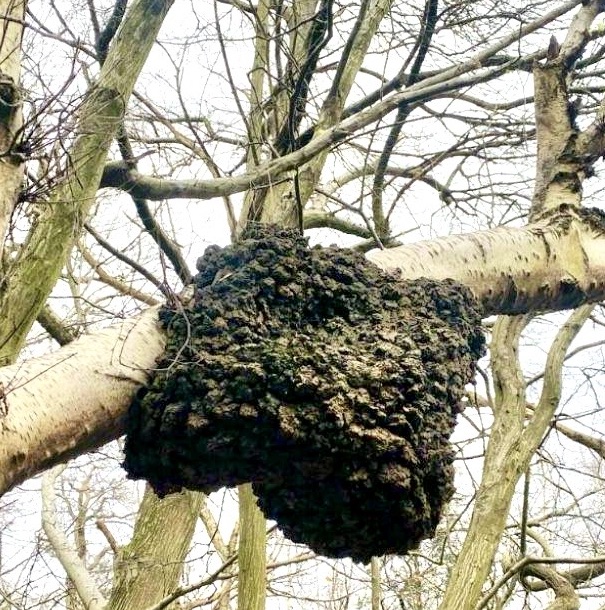 Burrs may be seen on a variety of trees, but some species are more prone to developing them, notably oaks, maples, walnut, and birch. Coastal redwoods are known to produce burrs of considerable size, sometimes reaching several metres in width and even encircling the trunk of the massive trees..
Burrs may be seen on a variety of trees, but some species are more prone to developing them, notably oaks, maples, walnut, and birch. Coastal redwoods are known to produce burrs of considerable size, sometimes reaching several metres in width and even encircling the trunk of the massive trees..
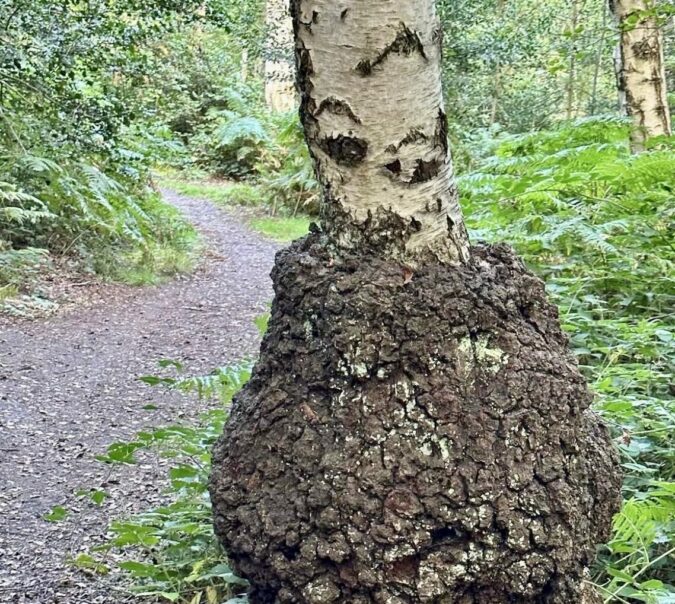
Although burrs may not be visually appealing from the outside, internally the complex grain pattern means makes them highly valued for woodworking. They are used to create bowls, furniture, musical instruments and sculptures. It is generally unwise to cut a burr from a living tree; instead they are typically harvested from fallen or dead trees.
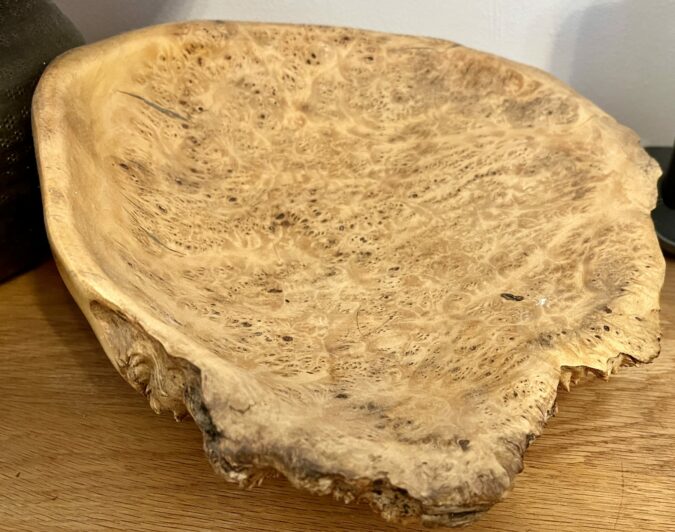
Thanks to Steve Sangster for Burr images.
Comments are closed for this post.
